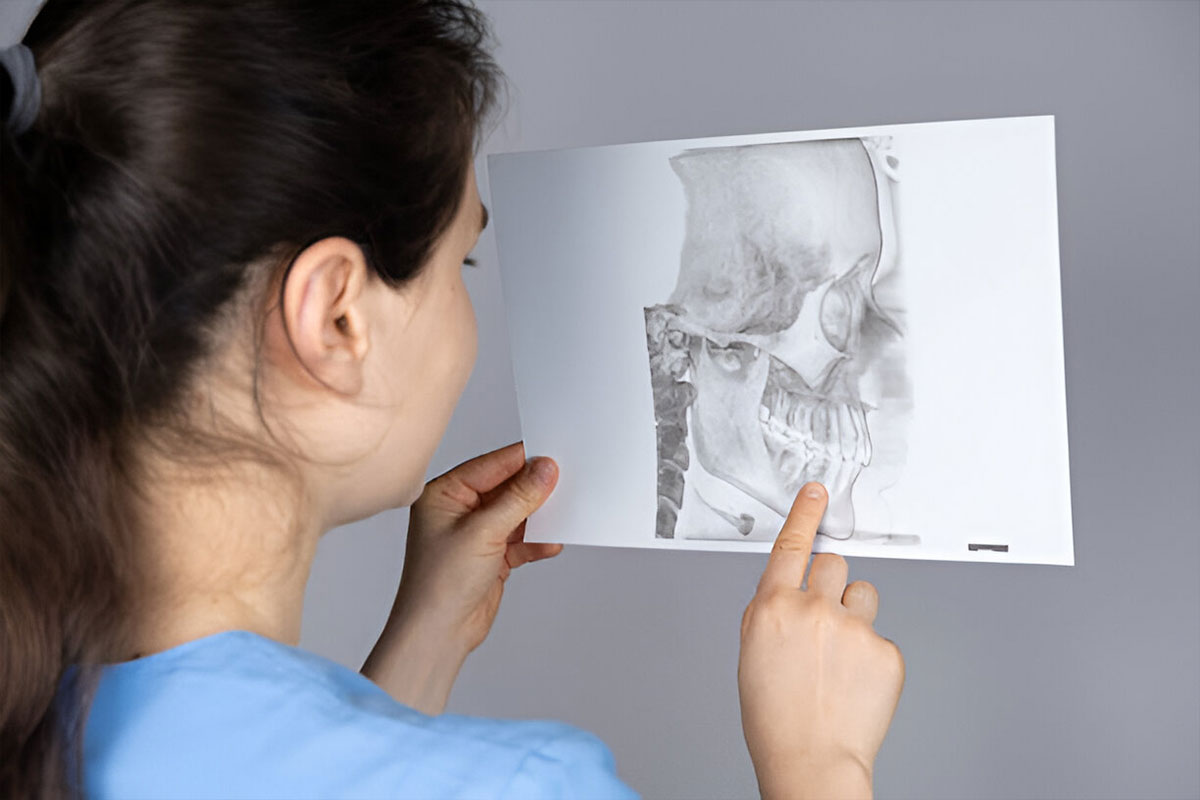WHAT IS TMJ OR TMD?
TMJ is what most patients call problems of their jaw joints; however, TMJ actually refers to the temporomandibular joint itself. Temporomandibular joint dysfunction (TMD) is the dysfunction of this joint and the surrounding muscles. These joints attach your jawbone to your skull, which is why TMJ pain can spread to your face, neck, and shoulders.
Does your jaw pop or click every time you open or close your mouth? Do the muscles in your face hurt or tire easily? Does your jaw area hurt when you are trying to eat even the softest of foods? This could be caused by TMJ issues.
Luckily, there are several non-surgical ways to treat TMD. Surgery is sometimes required to treat TMD, but only in the most extreme cases, typically when TMD is a result of severe osteogenic (boney) changes caused by injury or benign/malignant tumors.
The most common symptoms you may experience with TMD are jaw and face pain, followed by restricted mandibular movement, and noises from the temporomandibular joints (like pops or clicks) during jaw movement.
Other common signs of TMJ:
- Tinnitus (ringing in the ears)
- Clogged or congested ears
- Headaches and/or migraines
- Face, neck, and/or shoulder pain
- Difficulty chewing and/or swallowing
- Fracturing of teeth or restorations
- Jaw pain and/or clicking and popping
- Teeth grinding and/or clenching
- Limited ability to open the mouth
- Insomnia
- Dizziness
- Loose teeth
- Hot & cold sensitivity of teeth or vague tooth pain
- Postural problems
- Tingling of the fingertips
HOW TO TREAT TMD
TMD is often painful, but the good news is that there are a wide variety of treatment options available.
The most common ways to treat TMJ include exercises, trigger point therapy, laser therapy, orthotic (bite splint). Dr. Omar will work with you to customize your treatment to ensure your symptoms are lessened or taken away completely.
Dr. Omar will identify a new position for your jaw, based on the relaxed state of your jaw muscles. This position will be replicated by a removable custom orthotic made of clear acrylic that you will need to wear for ~30 days, allowing your pain and inflammation to reduce or be eliminated. This easy-to-wear oral device fits over your bottom teeth. It is easy to speak with and not is not visible to others. It is similar to wearing a retainer made by an orthodontist. A custom removable night appliance will also be fabricated. Its design will be determined based upon your individual treatment needs. The overall treatment is designed to stabilize your facial muscles, tendons, and ligaments 24hr/day, for ~30 days (similar to stabilizing a sprained ankle with a boot or cast). This will allow optimum healing to occur.
For patients with more severe TMJ disorder, Dr. Omar recommends a fixed orthotic be worn for several months to help eliminate symptoms and re-establish temporomandibular joint health. A fixed orthotic cannot be taken out like a removable orthotic, but it blends in with your natural teeth making it virtually invisible. Patients who need this form of therapy will advance to orthodontics after symptoms have reduced or resolved.
TMJ TREATMENTS WE PROVIDE:
- Orthotic Appliance (Oral Device)
- Trigger Point Therapy
- Injection Therapy
- Botox for TMJ



